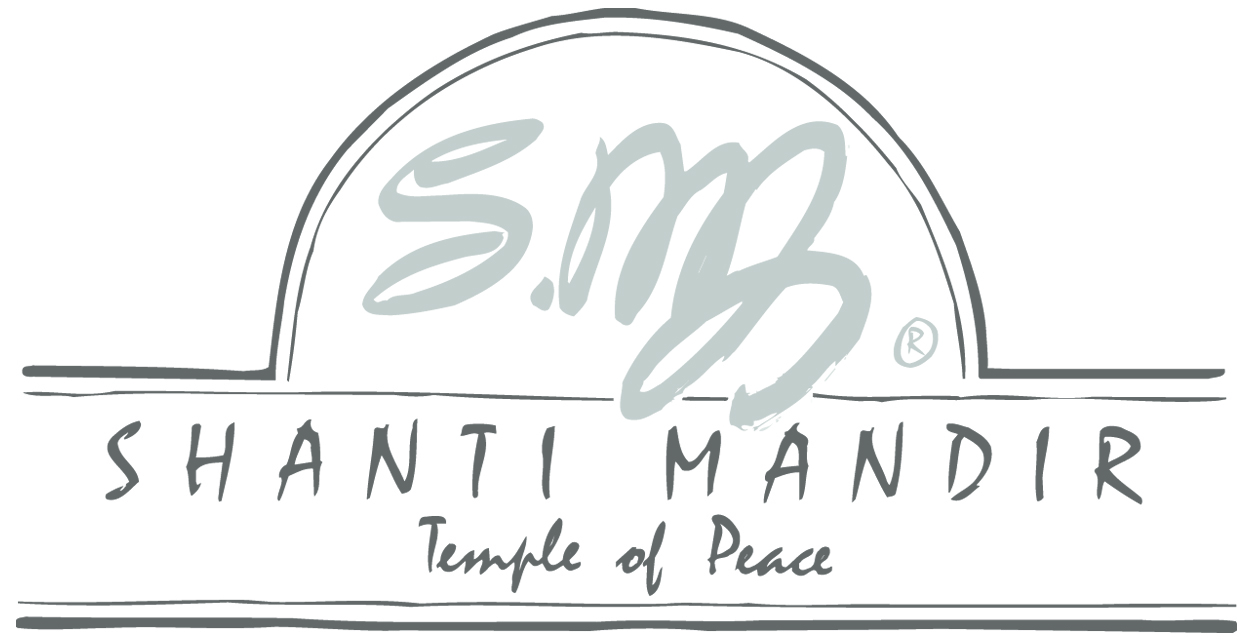The tabla is capable of a great variety of sounds depending on the hand position, the finger position, the way the skin is struck, and which skin is struck.
You could think of these stroke-sounds as syllables, they are called bol and are a fundamental part of Indian rhythm. The stroke-sound syllables you will need to play in Shanti Mandir chants are outlined in the STROKE-SOUNDS sections below.
These stroke-sound syllables or bol are also spoken. Knowing the spoken sound first is an important part of playing tabla.
Just as in language, these stroke-sound syllables or bol are not heard in isolation but always played in phrases. These phrases are also called bol.
The bol you will need to play in Shanti Mandir chants are demonstrated in the BOL EXERCISES video gallery below.
The Contents of this page are listed below, so you can choose to just scroll down the page, or click on one of the links to go directly to the selected section.
GO TO TYPES OF STROKE-SOUND
GO TO SPEAKING SOUND SYLLABLES
GO TO RIGHT-HANDED STROKE-SOUNDS
GO TO LEFT-HANDED STROKE-SOUNDS
GO TO TWO-HANDED STROKE-SOUNDS
STROKE SOUNDS
TYPES OF STROKE-SOUND
There are two types of stroke sound;
A closed (band) stroke making a flat, non-resonant sound.
An open (khula) stroke making a resonant, ringing sound.
Strokes are played in three ways;
Right-handed
Left-handed
Two-handed
CLICK HERE TO OPEN A PRINTABLE PAGE OF ALL THE BASIC STROKES
SPEAKING SOUND SYLLABLES
The video demonstrations include the spoken sound syllable or bol for each stroke. Speaking the sounds (bols) out loud before you play them is an important part of learning tabla.
There can be variation between how a particular stroke is spoken (and therefore written) depending on the context. This can make understanding difficult at first, to become familiar simply speak and play along with the videos in the Bol Exercises Video Gallery.
Don’t over-think it, simply speak and play along with the videos to practice and learn.
RIGHT-HANDED STROKE-SOUNDS
na - ta
An open (khula) stroke produced by the right index finger struck sharply on the rim (kinar) to make a resonant, ringing sound.
The last two fingers rest lightly on the edge of the syahi (black spot) to control the sound.
The middle finger is lifted and held away at all times.
tin
An open (khula) stroke with the right index finger struck onto the syahi (black spot).
The last two fingers rest lightly on the edge of the syahi (black spot) to control the sound.
The middle finger is lifted and held away at all times.
ti
A closed (band) stroke played with the last three fingers of the right hand struck onto the centre of the syahi (black spot).
As speed and proficiency progress the three fingers may be reduced to just the middle and ring fingers and even the middle finger alone.
ta - ra
A closed (band) stroke played with the right index finger striking the centre of the syahi (black spot) to play a non-resonant sound.
Rarely played in isolation Ta is the second stroke of TiTa (often abbreviated to Tit), as well as played for Ra in TiRaKiTa (see exercises 1 & 3 below).
LEFT-HANDED STROKE-SOUNDS
ge
An open (khula) stroke with the left hand poised like a cobra to make a resonant, ringing sound on the maidan (main skin) using the middle and ring fingers together. The base of the hand must remain in place after the stroke.
A succession of Ge sounds can be played by alternating with the index finger.
ka - ki
A closed (band) stroke with the flat palm and fingers of the left hand to create a flat, slapping sound on the maidan (main skin) with no resonance.
This bol may be written as ka or ki depending on the context, eg TiRaKiTa (see exercise 3 below), but the stroke is always executed in the same manner.
TWO-HANDED STROKE-SOUNDS
dha (ta + ge)
Play a Na with the right hand and a Ge with the left hand, both open (khula) strokes.
tin (tin + ka)
Play a Tin with the right hand and a Ka with the left hand. Tin is an open stroke, Ka is a closed stroke.
dhin (tin + ge)
Play a Tin with the right hand and a Ge with the left hand, both open (khula) strokes.
dhi (ti + ge)
Play a Ti with the right hand and a Ge with the left hand. Ti is a closed stroke, Ge is an open stroke.
BOL EXERCISES VIDEO GALLERY
Just as in language, the stroke-sound syllables or bol are not heard in isolation but always played in phrases. These phrases are also called bol.
Bol is derived from the Hindi word bolna, which means ‘to speak’.
Learning to speak these syllables prior to playing is an important part of Indian classical drumming and is included in each video.
Listen speak, clap and play along with the video.
• Hover over the thumbnail to show the play icon or the full screen icon.
• Hit your esc key to leave the full screen video.











